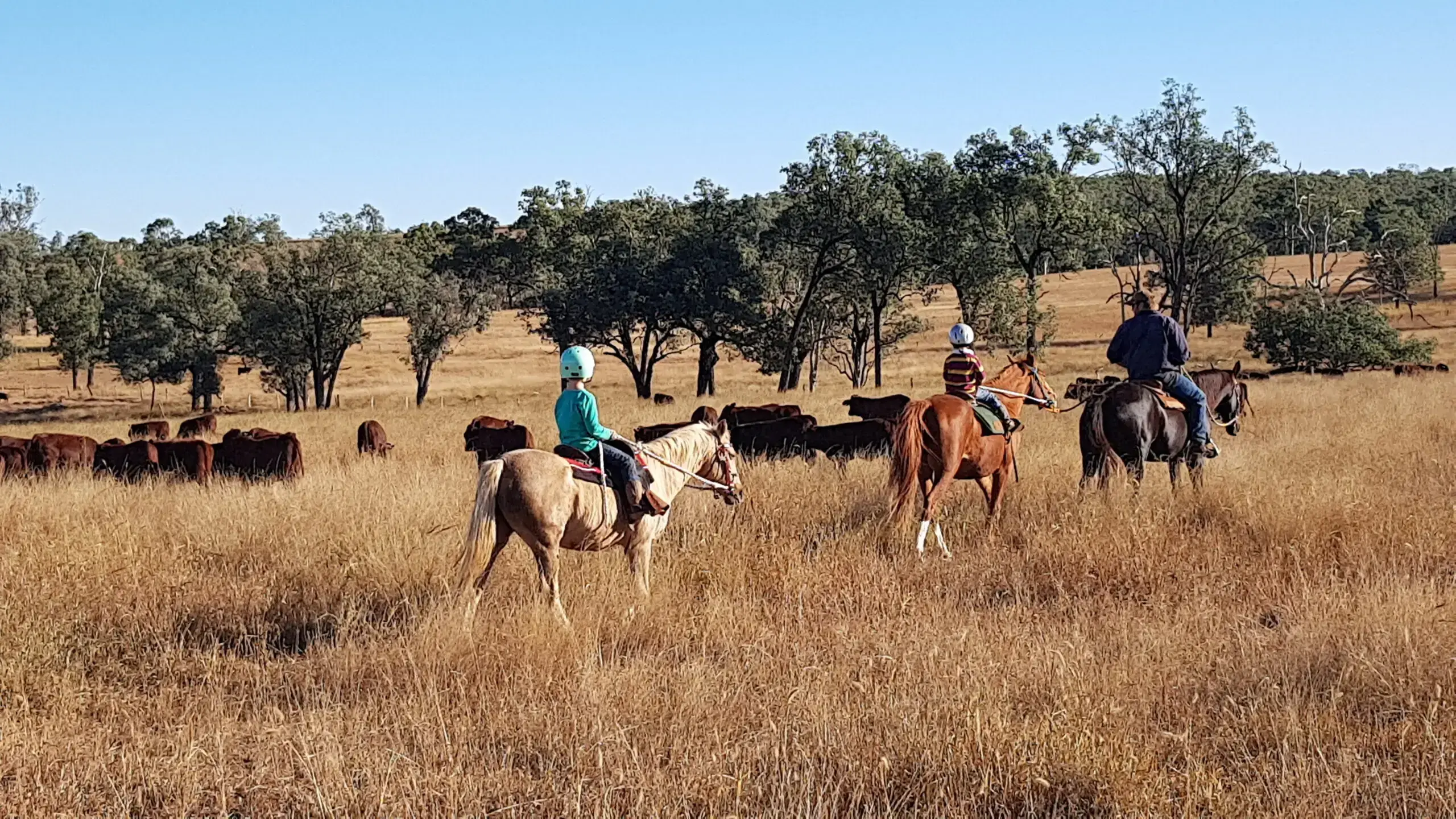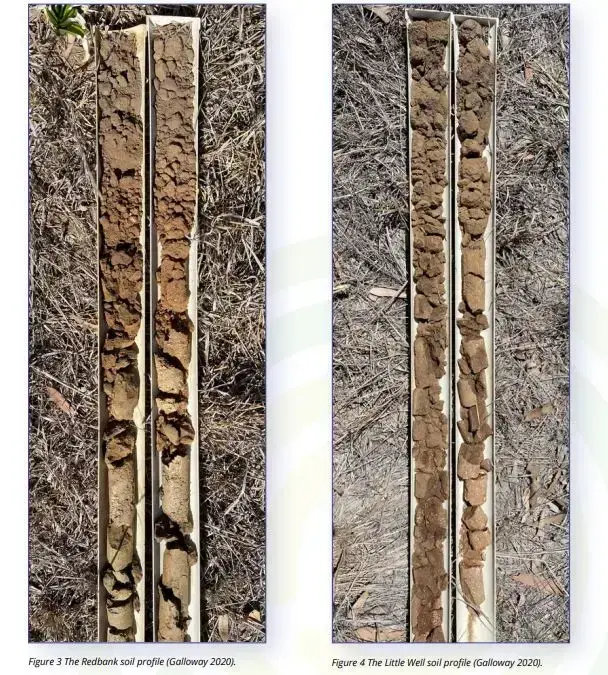‘Colodan‘
A REGENERATIVE AGRICULTURE CASE STUDY
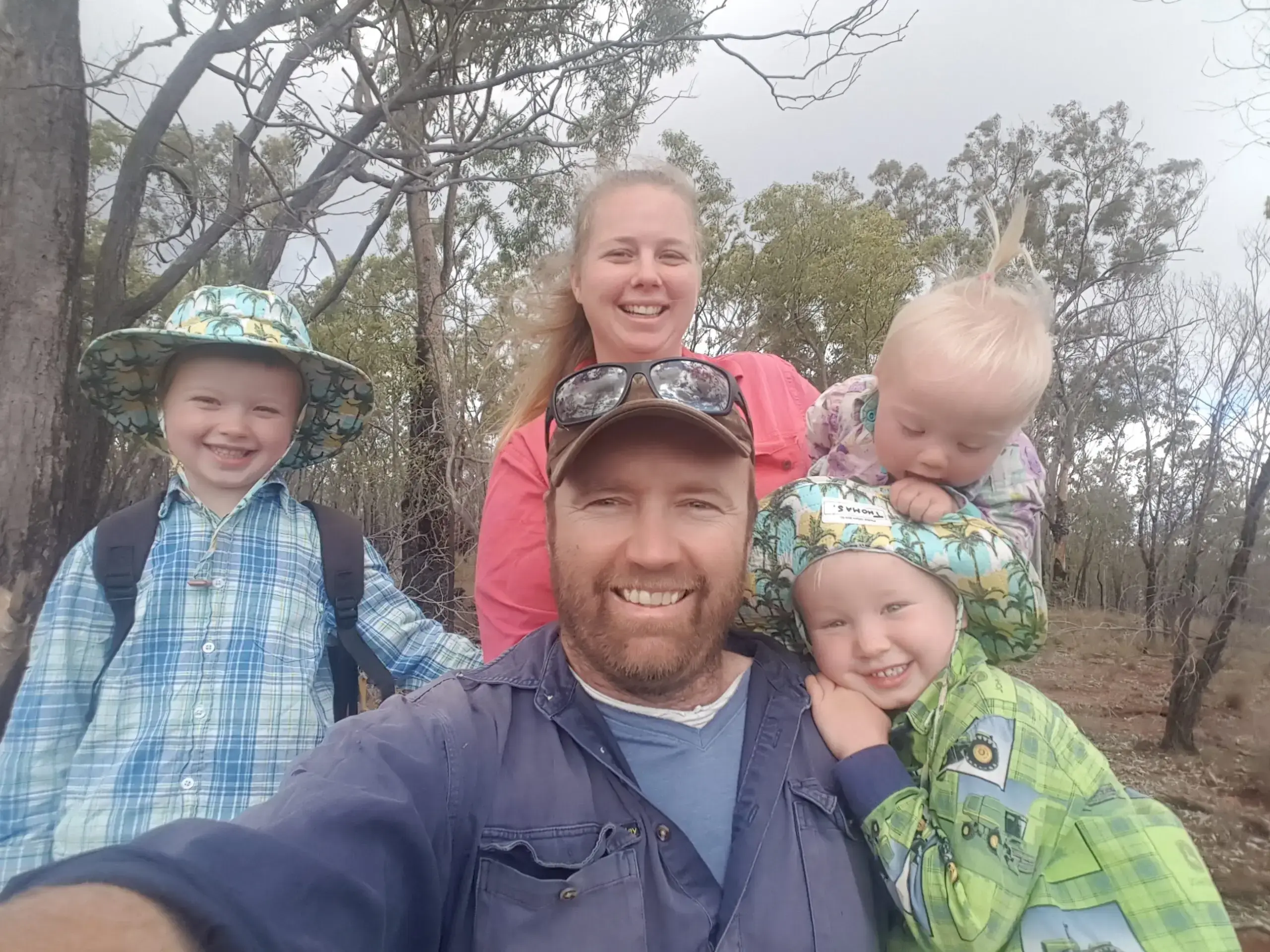
The Hendersons

The Hendersons
The Henderson family of Colodan in Central Queensland have always taken a forward thinking and evolving approach to agriculture. However, confronted by the devastation of the Millennium Drought during the early 2000s, they became more holistic in their thinking, connecting economic, ecological and social considerations in a strategic big picture view.
This case study summary shares the transformation experience of the decision-makers of Colodan, a Queensland property that moved from cattle grazing to integrated cattle grazing, carbon and forestry enterprises. The land has been owned and managed by four generations of Hendersons.
Colodan is approximately 45 km East of Monto, Queensland. Lat. 24°56’53.30”S Long. 150°41’2.94”E
FARM FACTS
ENTERPRISE TYPE: Beef Cattle, Carbon Forestry, Saw-log production
PROPERTY SIZE: 4660 ha
LOCATION: Approximately 45 km East of Monto, Queensland.
Lat. 24°56’53.30”S
Long. 150°41’2.94”E
ANNUAL RAINFALL: 621mm
ELEVATION: 300-350m
AGRO-CLIMATIC REGION: sub-tropical sub-humid
SOIL: Predominantly Rudosols, Sodosols, Chromosols, Dermosols and Vertosols
SOCIAL STRUCTURE: Family Farm – decisions made between family members
MOTIVATION FOR CHANGE: Improve social, environmental and economic resilience to drought to keep the Henderson family legacy alive for the next generation.
INNOVATIONS:
• Grazing land now includes integrated carbon farming and forestry regime
• Innovative family culture supported intergenerational transformation
KEY RESULTS
• Increased revenue consistently performing well above the average farm
• Improved tree-grass balance resulting in resilience to major climate events
• A happy and stable home life, optimistic about the future of the enterprise
Highlights
- The adoption of regenerative practices improved the quality, quantity and diversity of produce at Colodan. This enabled the Hendersons to increase revenue averaging 72% above that of the Average Farm, e.g. by receiving a higher price per head due to improved cattle condition scores, even during periods of market and climate stress.
- The Henderson family’s culture of innovation enabled them to transform their approach to farming in a stepped manner with changes implemented over time, and with much time spent seeking information and advice. They used setbacks and failures to maximise their learning and viewed changes as a continual process of evolution rather than focussing on an end goal.
- The Hendersons began to recognise trees as an asset rather than a liability and established carbon forestry enterprises using the same land as their existing cattle enterprise. The resulting dynamic tree-grass balance enabled Colodan to become more resilient to major climate events such as drought and extreme rainfall events.
- The successful transformation process required a deliberate focus on building personal resources such as skills, knowledge and improving mental health as well as social resources such as relationships and access to social learning opportunities, funding and research institutions. Over time, this led to a stable and happy home life as well as solid on-farm decision – making.
The Vision
Four Generations of Hendersons farmed Colodan before the Millennium Drought took hold in 2002. John Henderson watched, with growing depression, as his landscape was devastated and his legacy to the next generation stood in question. Conventional management practices, including deliberate tree killing and set stocking, had resulted in extensive tree loss as well as sheet and gully erosion. This meant that the landscape was unable to cope with major climate events, such as drought, and the enterprise became financially unviable.
The impact of the drought made John and his son James determined to transform to the way they thought about and managed their landscape, to ensure that it would be socially, environmentally and economically resilient for the next generation.
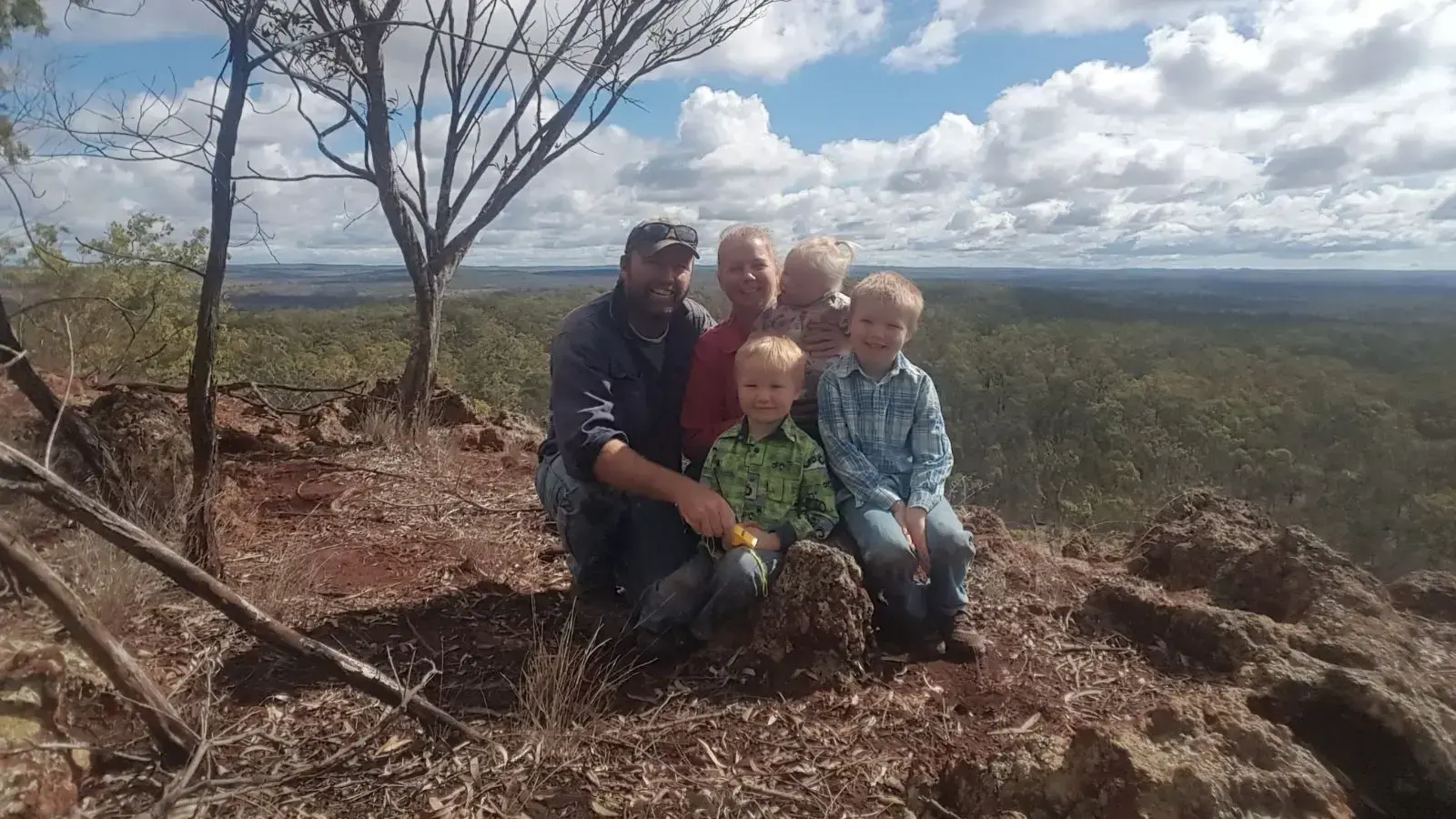
“We never really considered what we were doing as regenerative ag… We just keep doing what we think is the right thing.”
James Henderson
The Approach
Even before the Millennium Drought, the approach to farm management on Colodan had never been “trial and error” under John’s management. Decisions were made mutually between key family members, and John insisted on researching and “justifying” new approaches to ensure that practice changes had the highest possible chance of success. This provided a sound basis for the process of transformation. So, acknowledging that they needed a new approach to on-farm management, James and John attended field days, talked to neighbours, signed up for innovation trials and thoroughly researched new techniques.
The first of the new techniques to be implemented across Colodan included the introduction of rotational grazing between paddocks, combined with a reduction in the numbers of cattle across the property and improvement in the genetic stock of the cattle. At the same time, they introduced fast moving warm season grass fires (cool burns) to promote pasture productivity.
After John was diagnosed with Motor-Neuron disease, he stepped back from the day-to-day management of the farm and focussed on the things he loved such as cattle work and local ecology. As James and his wife Kylie took over the primary management role, they began to take a more strategic approach to farm management and created their first 5-year plan. To support their new vision, they sought out institutions that were willing to fund major regenerative projects and support intergenerational succession, such as the Queensland Rural and Industry Development Authority (QRIDA).
“Ecologically the property was powering ahead, but we didn’t tie it in to business… you’ve got to join the dots. Just because you do one doesn’t mean the other will automatically follow.”
James HendersonColodan
Finding the right institutional support enabled James and Kylie to commence an intensive program of rotating cattle between paddocks to match available feed and cattle numbers along with two carbon projects. These carbon projects improved the tree-grass balance by shifting the focus from killing trees to actively encouraging their growth, whilst simultaneously continuing to promote pasture productivity using cool burns. This improved ecology resulted in improvements to cattle condition scores, enabling James and Kylie to receive a higher price per head and increase revenue.
While the ecological status of the property was fast improving, James and Kylie found that their family’s wellbeing was beginning to struggle. With increased caring responsibilities due to John’s illness, as well as the arrival of three children, it became difficult for Kylie and James to find time to communicate and make farm decisions together. As a consequence, James made a poor business decision regarding cattle sale and marketing, and the enterprise experienced a financial loss when he felt that they should have made a profit.
This prompted James and Kylie to reprioritise their communication and mutual decision-making process, which led to decreasing stress levels and to getting their enterprise back on track. The Colodan family began to share their learnings and insights, hosting field days of their own and James used his newly acquired skills to help other farmers make the shift, through contract work with Green Collar, and by playing a key role with Ag Force.
Above: Timeline of Colodan transformation
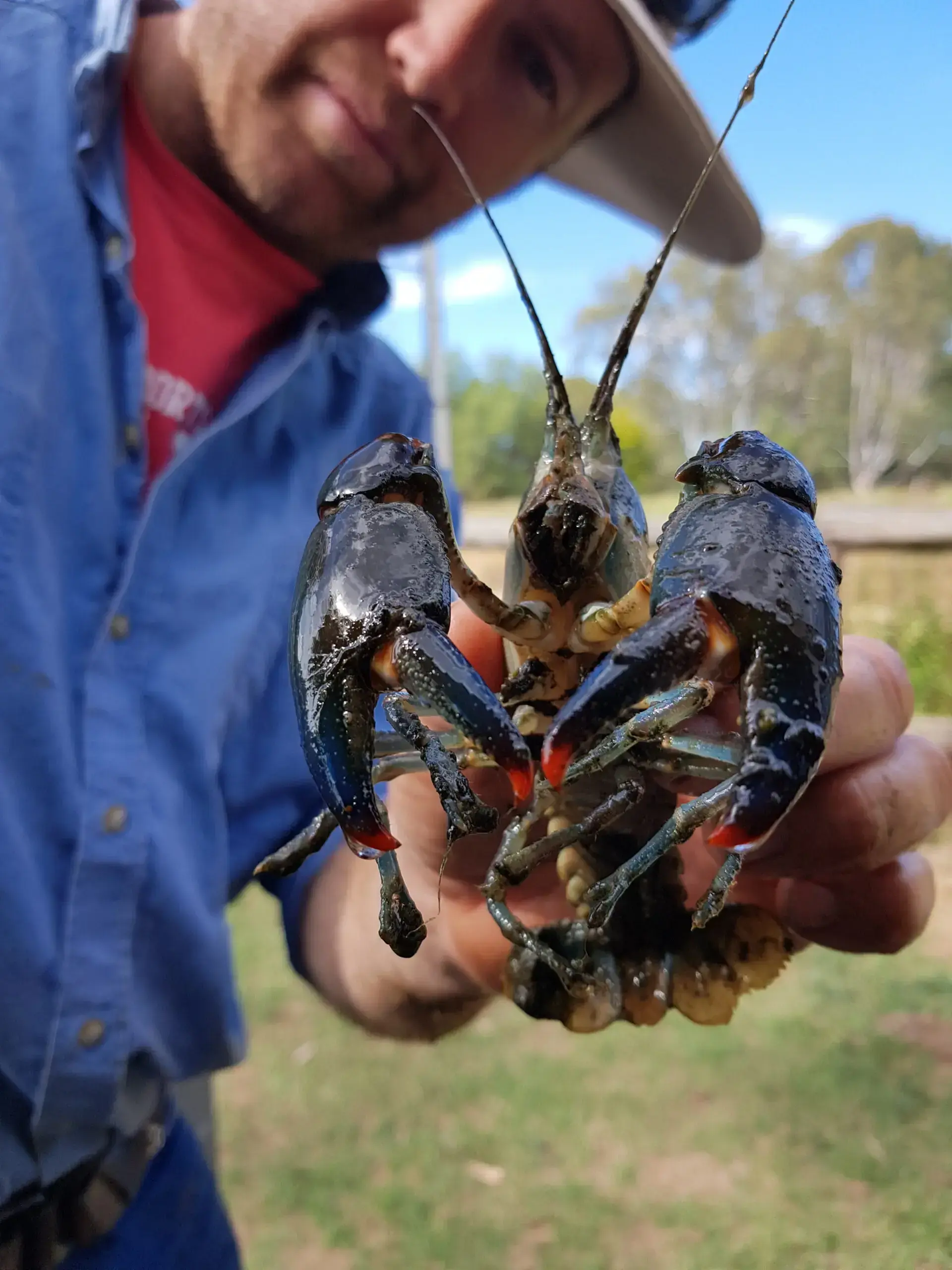
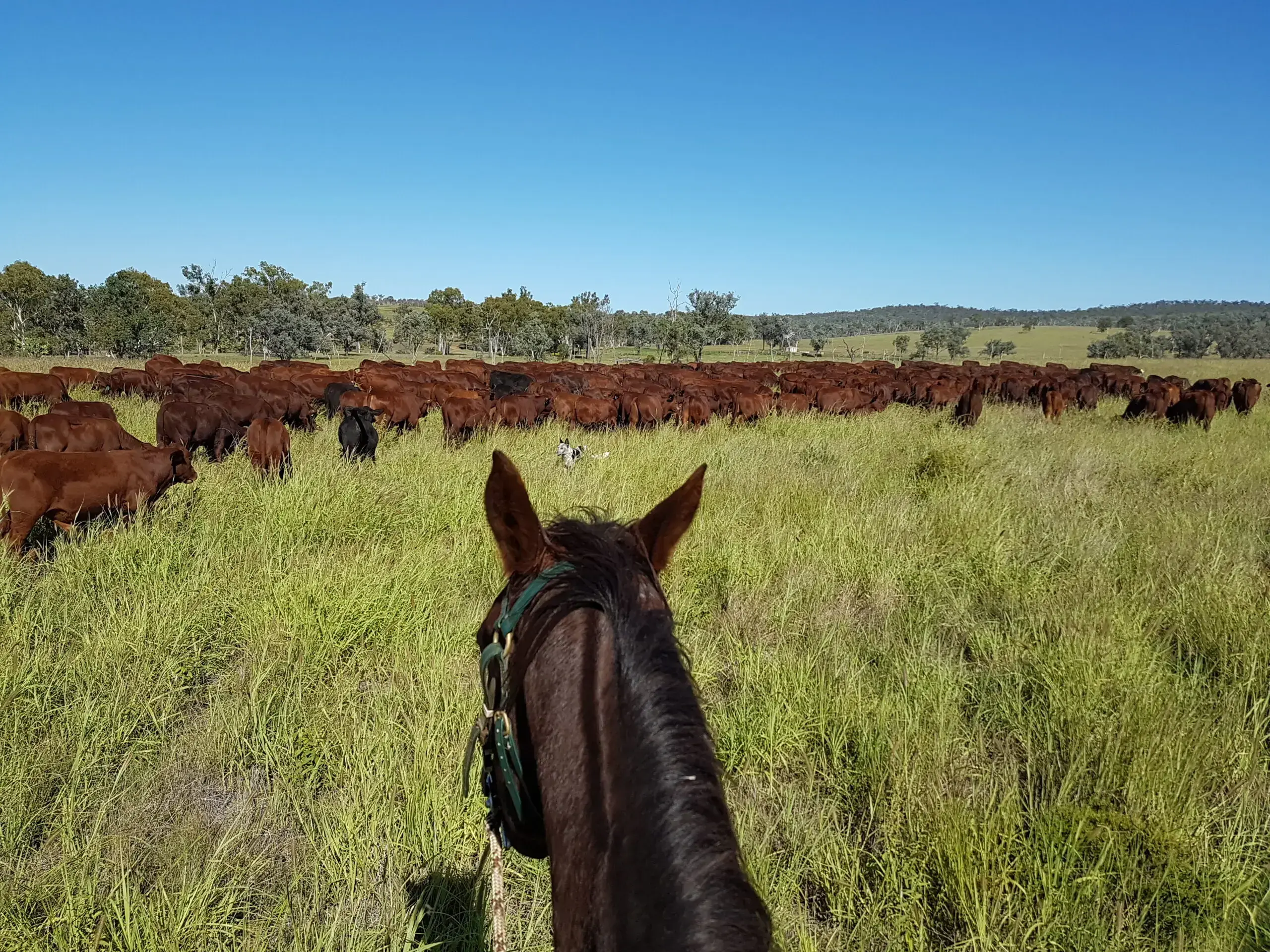
The Result
Establishing a tree-grass balance on Colodan has enabled cattle, forestry and carbon enterprises to work together over time on the same landscape, without tension or conflict.
This strong agro-ecological foundation has led to steady increases in income and production as well as a happy and stable family life.
James and Kylie “have never considered a stop point” and intend to keep exploring and implementing new ideas and techniques. They hope that this will result in a dynamic enterprise with enough flexibility and resilience to support the next generation of Hendersons at Colodan.
“I have come to realise we are still going to be here for many years to come, so it didn’t have to be an instant change straight away”
Kylie Henderson
Key Indicators for Colodan
Key Ecological Indicators
Remote imaging data of Colodan revealed a rapid increase in the extent of tree cover (fig. 3) from 2010 and a similar trend in the extent of ground cover from 2007 (fig. 4), coinciding with the adoption of rotational grazing. The resulting improvements to tree-grass balance meant that both tree and ground cover levels remained high (above 50%), even during periods of lower than average seasonal rainfall such as 2017-19, suggesting increased resilience to major climatic events.
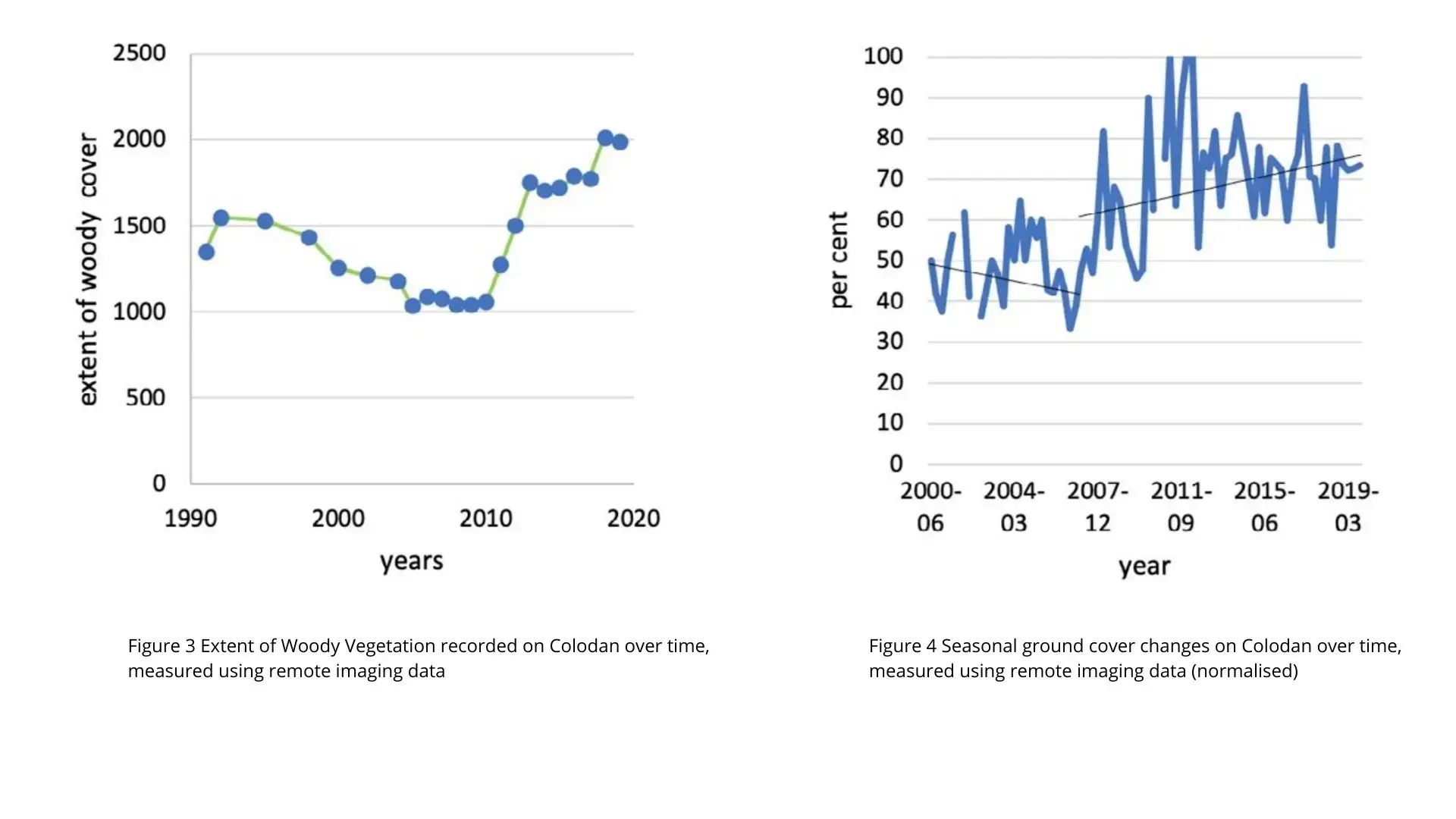
Key Soil Indicators
Soil properties were measured at two locations, Redbank and Little Well, on the non-alluvial plains land type (about 25% of the Colodan land area). The sampled topsoils were prone to nutrient deficiency, as shown by the low cation exchange capacity (fig. 5), which is an indicator of the soils ability to hold nutrients, low total carbon (fig. 6) and low total nitrogen (fig. 7). Both soils also have neutral pH, ideal for soil organisms, nutrient cycling, and a wide range of plant species. Other soils on the property are shallow and rocky soils (approx. 50% of the land area) with poor nutrient and water retention best suited to low intensity grazing, and alluvial plains (20% of the land area) with structured clay soils and a greater capacity to retain nutrients and water.
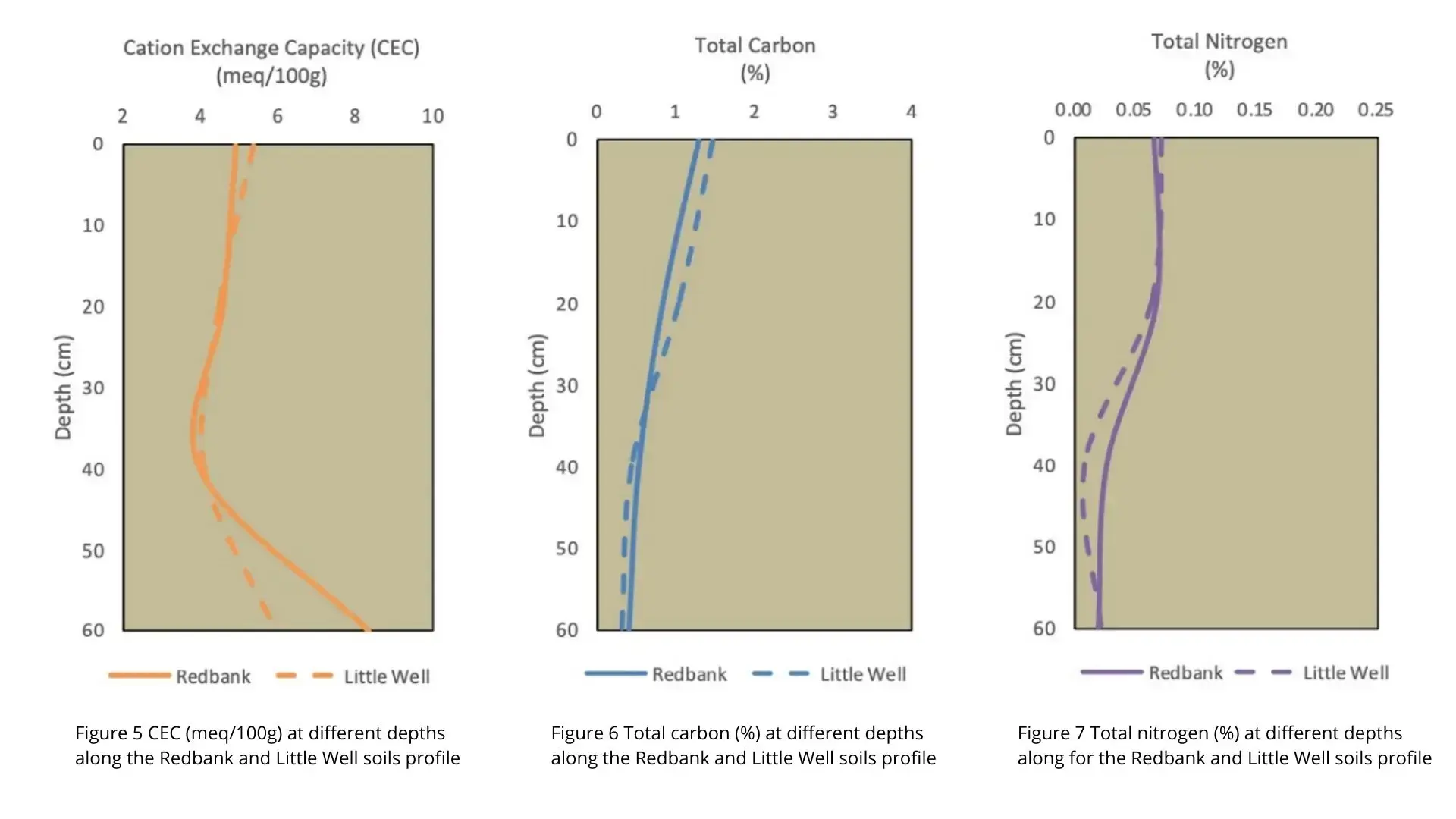
Key Economic Indicators
The adoption of regenerative practices has resulted in improved cattle condition scores and enabled James and Kylie to receive a higher price per head, as well as access diverse sources of income. As a result, production and income levels have increased significantly, exceeding that of the Average Farm by 72% between 2009 and 2019. Colodan also demonstrates better economic resilience than the Average Farm during unexpected changes in seasonality and market conditions.
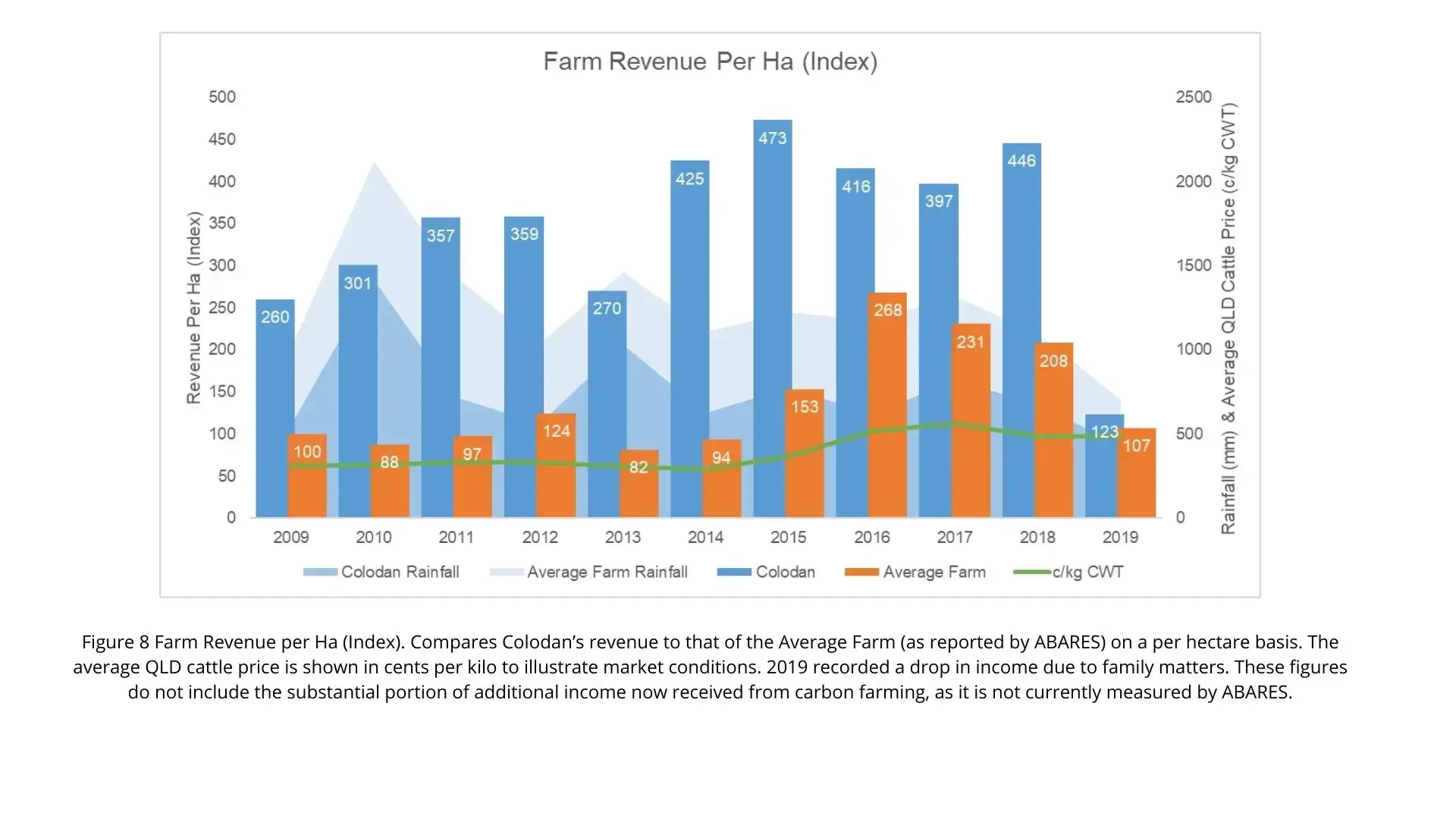
Key Social Indicators
Over the course of the transformation process, James and Kylie experienced a steady increase in indicators of personal wellbeing such as Global Life Satisfaction (fig. 9), as well as measures of self-efficacy measures such as the ability to make decisions and achieve outcomes (fig. 10).
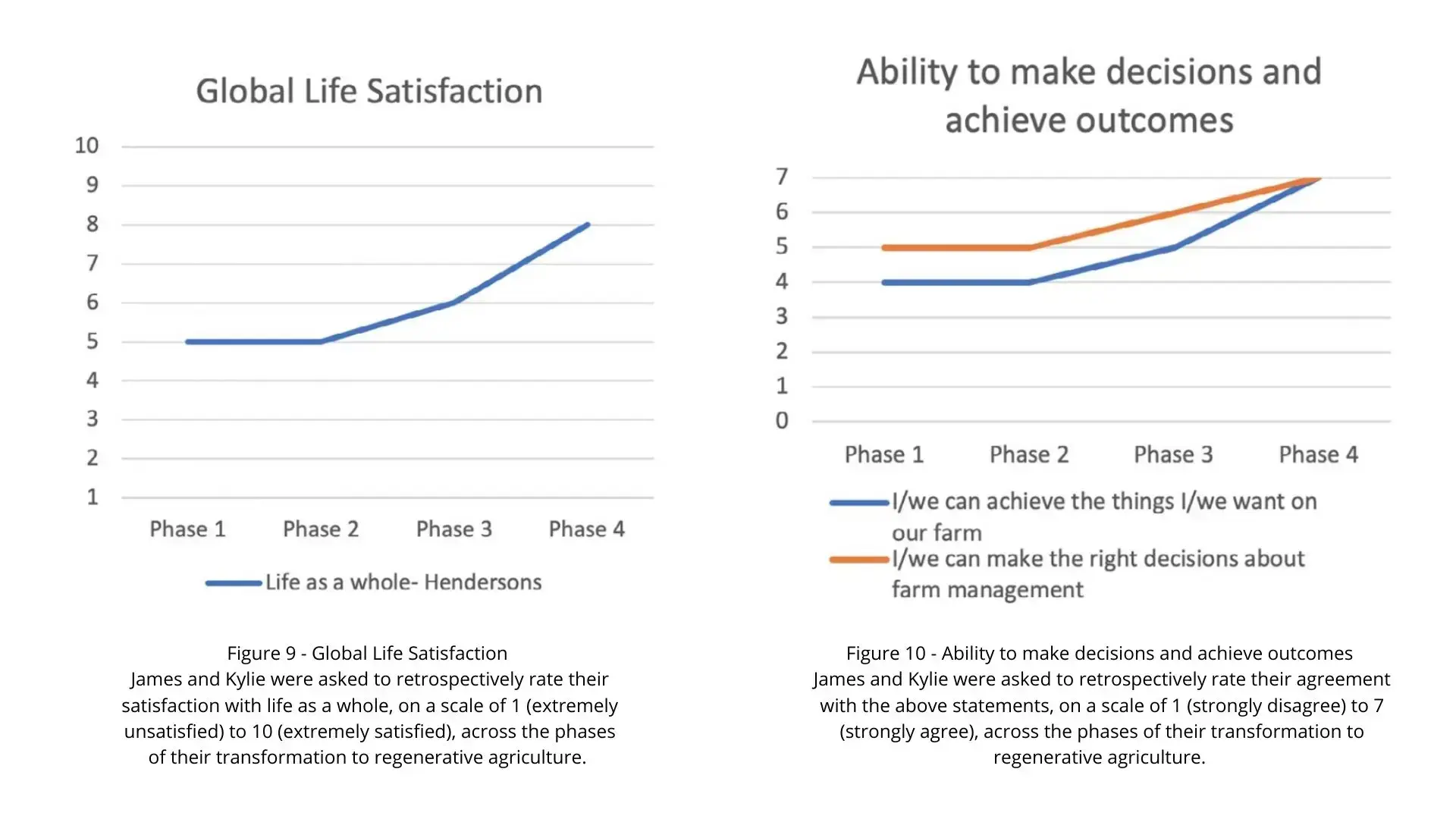
Conclusion
The Hendersons have successfully established three diverse and integrated enterprises on soils with moderate capacity to supply nutrients and low carbon levels. The introduction of rotational grazing, the use of urea and molasses and the undertaking of regular cool burning supported the regeneration of an effective tree-grass balance. This balance now supports successful cattle, carbon and forestry enterprises in harmonious co-existence.
The boosted agro-ecology of the enterprise has resulted in improved resilience to major climatic events such as droughts and floods. Productivity and financial income have steadily increased, and become more resilient, consistently performing well-above the average farm, even during periods of market stress. The stability of the enterprise has resulted in a stable and happy family life, and high hopes for the viability of the enterprise for the next generation of Henderson family farming at Colodan.
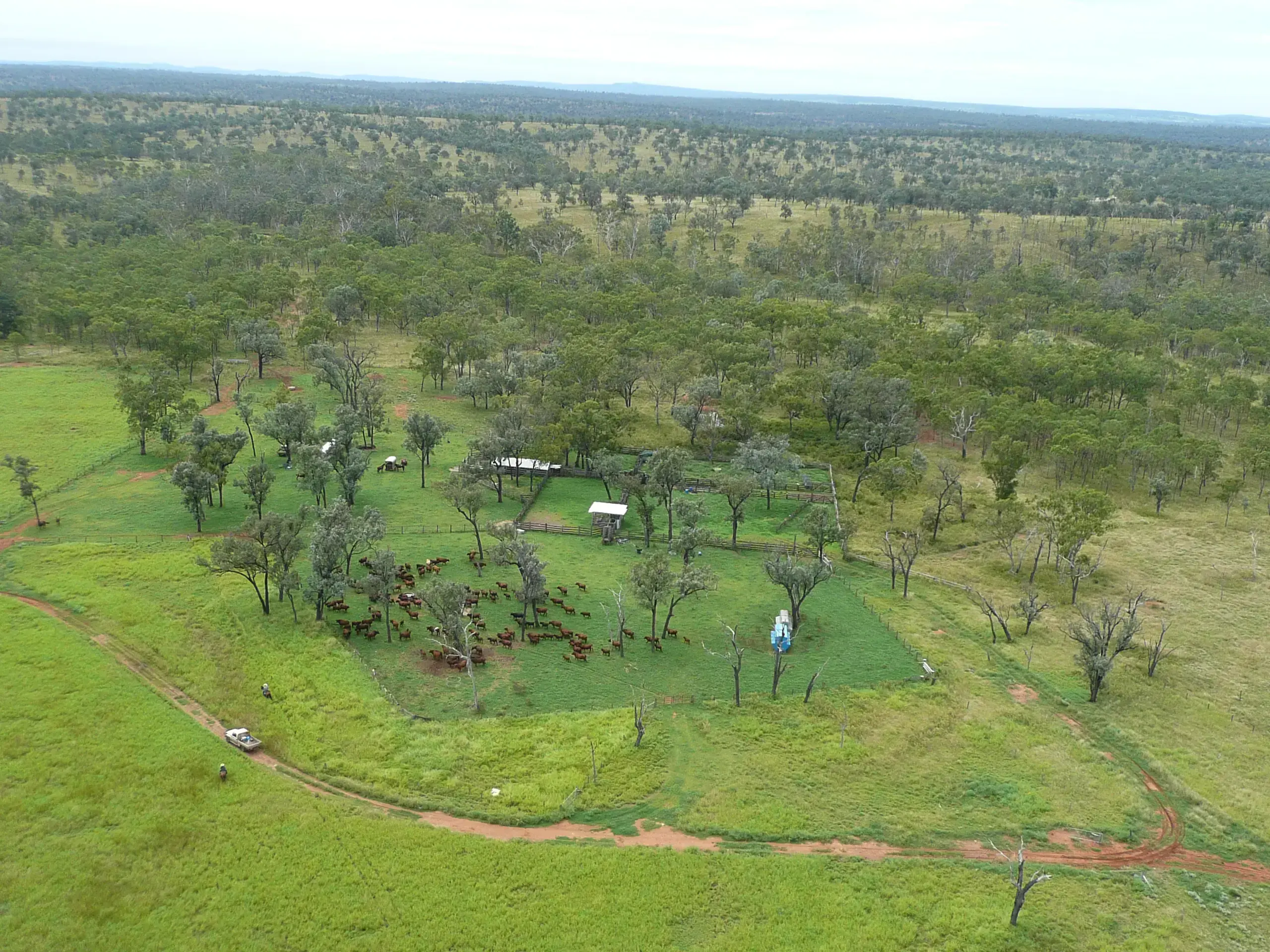
Find out more
The Soils For Life case study program provides interwoven, evidence-based accounts of land manager and landscape change and regeneration. Further information about this case study including methods, detailed results and discussions can be found in the associated full reports:
SOILS FOR LIFE EXISTS TO SUPPORT AUSTRALIAN FARMERS IN REGENERATING SOILS AND LANDSCAPES: TO BUILD NATURAL AND SOCIAL CAPITAL AND TRANSFORM FOOD SYSTEMS. FIND OUT MORE ABOUT SOILS FOR LIFE OR OUR CASE STUDY PROGRAM HERE.
This project is supported by Soils for Life, through funding from the Australian Government’s National Landcare Program.




